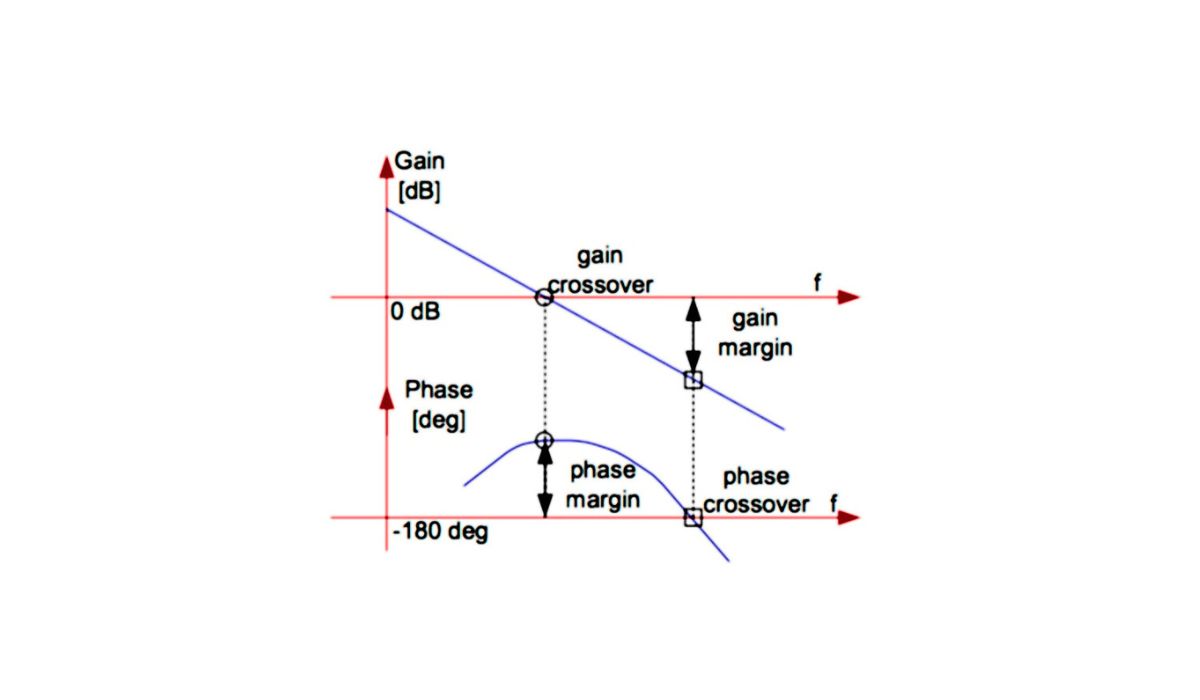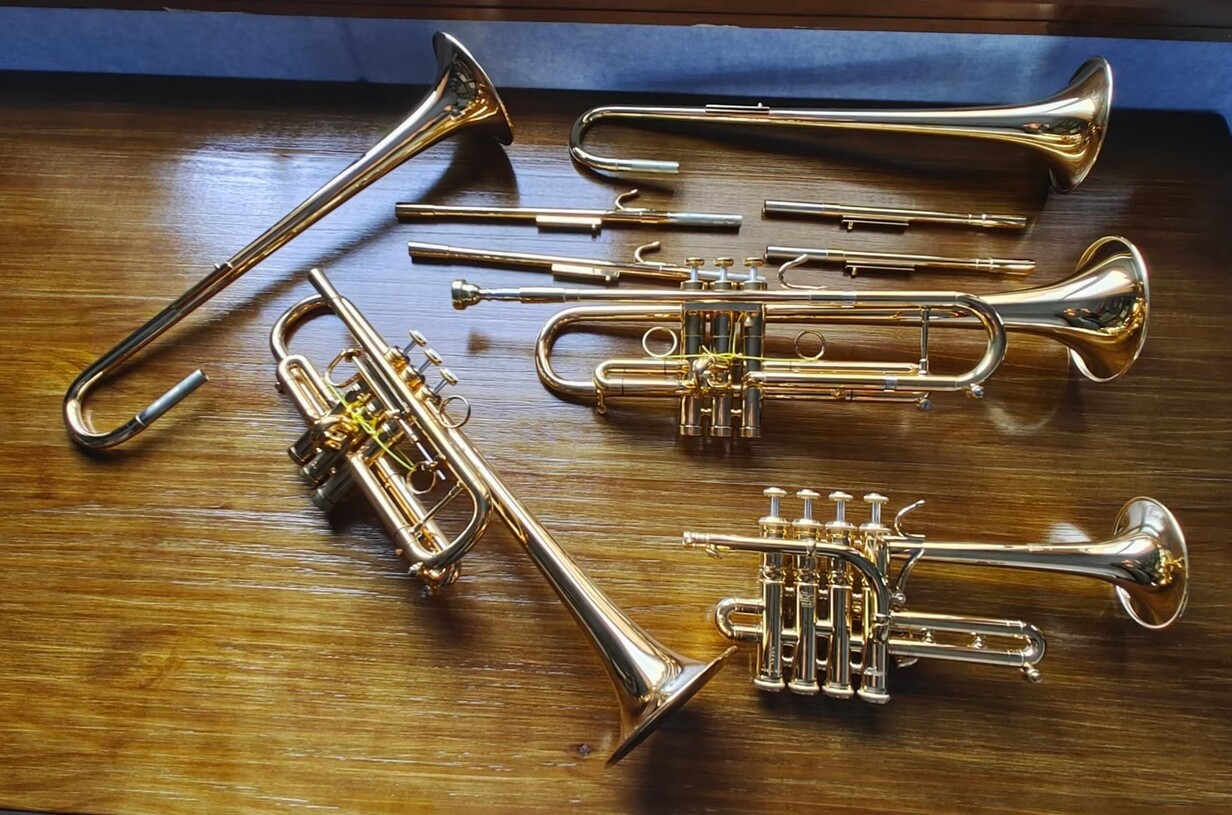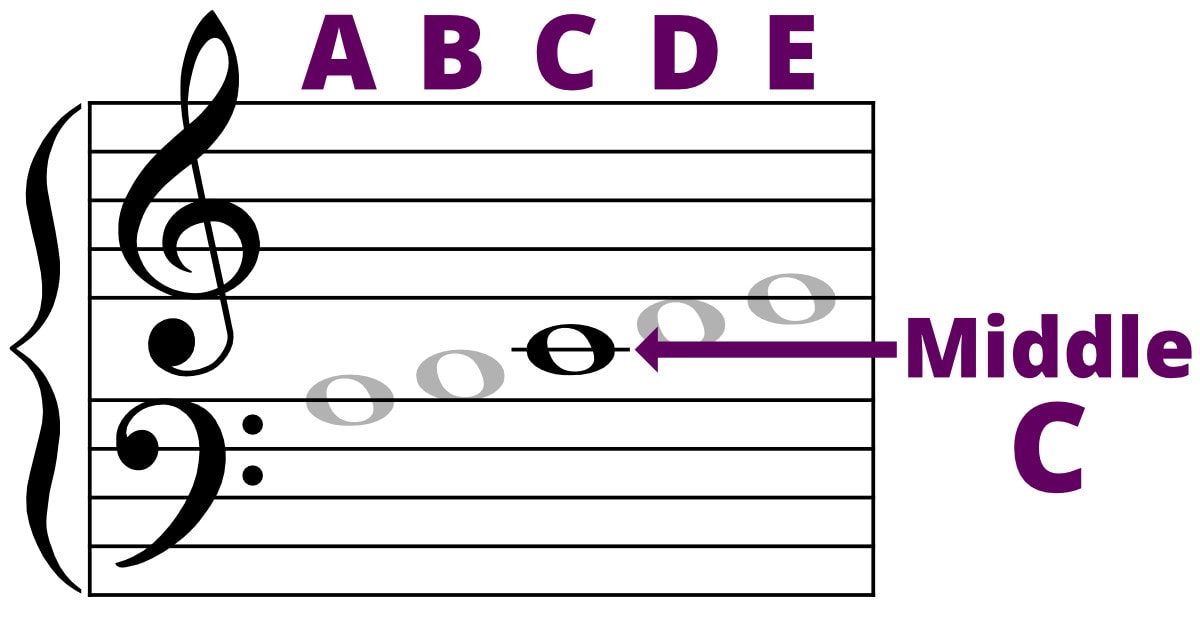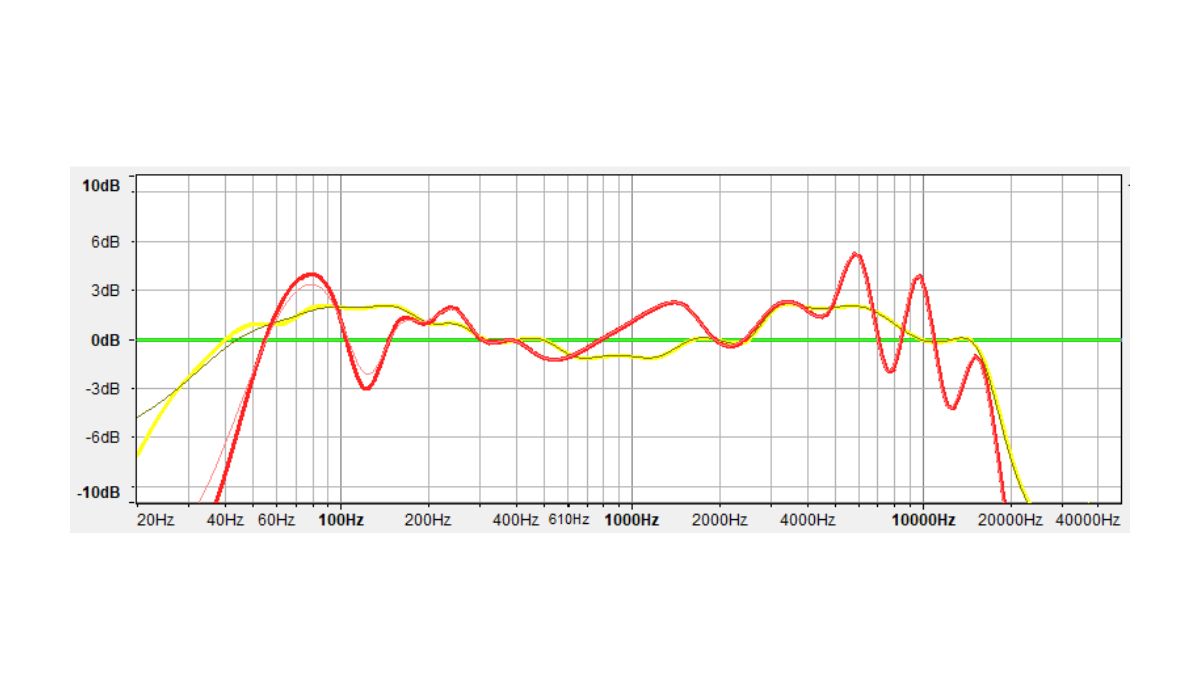Home>Events & Info>Frequency>What Is Crossover Frequency


Frequency
What Is Crossover Frequency
Published: February 18, 2024
Learn about the importance of crossover frequency in audio systems and how it affects the quality of sound. Find out how to optimize frequency settings for optimal performance. Discover more about frequency and audio technology.
(Many of the links in this article redirect to a specific reviewed product. Your purchase of these products through affiliate links helps to generate commission for AudioLover.com, at no extra cost. Learn more)
Table of Contents
Introduction
The world of audio systems is a fascinating realm where science and art intertwine to create captivating sound experiences. Within this domain, the concept of crossover frequency plays a pivotal role in shaping the quality and clarity of audio output. Whether you're a seasoned audiophile or a casual music enthusiast, understanding crossover frequency is essential for optimizing the performance of your speaker system.
Crossover frequency is a fundamental aspect of audio engineering that influences how sound is distributed across different speaker components. It serves as a critical parameter for achieving a balanced and cohesive audio output, especially in systems with multiple drivers, such as tweeters, midrange drivers, and woofers.
In this article, we will delve into the intricacies of crossover frequency, exploring its significance, determining methods, and its application in various speaker systems. By unraveling the mysteries behind this essential audio concept, you will gain valuable insights into the art of crafting immersive and harmonious soundscapes. So, let's embark on a sonic journey to unravel the secrets of crossover frequency and its profound impact on audio reproduction.
Understanding Crossover Frequency
At its core, crossover frequency refers to the specific point at which the audio signal is divided and directed to different speaker components within a sound system. This division is crucial for ensuring that each driver receives the appropriate range of frequencies that it is designed to handle, thereby optimizing the overall audio performance.
Most audio signals encompass a wide spectrum of frequencies, ranging from the deep bass notes to the crisp highs. In a multi-driver speaker system, such as a typical 3-way setup comprising a woofer, a midrange driver, and a tweeter, the crossover frequency determines the point at which the signal transitions from one driver to another. For instance, in a 3-way system, the crossover frequency may dictate that frequencies below a certain point are directed to the woofer, while those above another point are channeled to the tweeter, with the midrange driver handling the frequencies in between.
Understanding crossover frequency involves grasping the concept of crossover filters, which are electronic circuits designed to split the incoming audio signal into distinct frequency bands. These filters are characterized by their slope, which determines how sharply or gradually the signal is attenuated as it moves away from the crossover point. Common crossover filter types include Butterworth, Linkwitz-Riley, and Bessel, each offering unique characteristics in terms of phase coherence, frequency response, and driver integration.
Moreover, the crossover frequency is often accompanied by a designation of the order, denoting the steepness of the filter’s roll-off. For instance, a 12dB/octave filter attenuates frequencies beyond the crossover point at a rate of 12 decibels per octave. Higher-order filters, such as 24dB/octave or 48dB/octave, exhibit steeper roll-off slopes, providing greater isolation between the frequency bands allocated to different drivers.
By comprehending the intricacies of crossover frequency and its interplay with crossover filters, audio enthusiasts can fine-tune their speaker systems to achieve seamless integration between drivers, minimize phase issues, and deliver a cohesive sonic experience that faithfully reproduces the nuances of the original audio content.
Importance of Crossover Frequency
The significance of crossover frequency in audio systems cannot be overstated, as it directly impacts the clarity, coherence, and overall fidelity of sound reproduction. By delineating the allocation of frequency bands to specific drivers, the crossover frequency plays a pivotal role in optimizing the performance of each speaker component, thereby contributing to a balanced and immersive listening experience.
One of the primary benefits of a well-defined crossover frequency is the prevention of frequency overlap between drivers, which can lead to phase cancellations and muddied sound. Without an effective crossover system, different drivers may reproduce overlapping frequency ranges, resulting in interference patterns that degrade the clarity and definition of the audio output. By precisely directing the appropriate frequencies to each driver, the crossover frequency ensures that the sound remains coherent and free from detrimental phase issues.
Furthermore, the crossover frequency enables each driver to operate within its optimal frequency range, maximizing its efficiency and minimizing distortion. For instance, a tweeter, designed to handle high frequencies, can focus on reproducing delicate treble tones without being burdened by bass frequencies that are better suited for a woofer. This specialization allows each driver to perform at its best, contributing to a seamless and natural sound reproduction across the entire frequency spectrum.
Another crucial aspect of the crossover frequency’s importance lies in its role in protecting the speaker components from damage. By directing only the appropriate frequencies to each driver, the crossover frequency safeguards the delicate tweeters from being subjected to powerful low-frequency signals that could potentially cause harm. This selective filtering ensures that each driver operates within its safe operating range, prolonging the lifespan of the speaker system and preserving its sonic integrity.
Moreover, in high-fidelity audio systems, the precise control offered by the crossover frequency allows for meticulous tailoring of the sound signature to suit the listener’s preferences. Whether aiming for a neutral and transparent sound or a more pronounced tonal character, the crossover frequency serves as a powerful tool for shaping the overall sonic presentation, enabling audio enthusiasts to achieve their desired listening experience with precision and finesse.
In essence, the importance of crossover frequency transcends mere technicalities, permeating the very essence of audio reproduction by shaping the sonic landscape, preserving the integrity of speaker components, and empowering listeners to embark on a captivating auditory journey that resonates with clarity and emotion.
How to Determine Crossover Frequency
Determining the ideal crossover frequency for a speaker system involves a thoughtful balance of technical considerations, acoustic characteristics, and the desired sonic outcome. While there are various methods and tools available for this purpose, the ultimate goal is to establish a crossover point that optimizes the integration of different drivers, mitigates phase issues, and delivers a cohesive audio performance across the frequency spectrum.
One approach to determining the crossover frequency is to leverage the specifications provided by the speaker manufacturer. Many speaker systems are accompanied by detailed documentation that includes recommended crossover frequencies based on the design and capabilities of the individual drivers. By adhering to the manufacturer’s guidelines, users can ensure that the crossover frequency aligns with the intended performance parameters of the speakers, laying a solid foundation for optimal audio reproduction.
Another method involves conducting measurements and assessments to evaluate the frequency response and characteristics of the speaker components. Utilizing tools such as a real-time analyzer or measurement microphone, audio enthusiasts can analyze the output of each driver and identify their respective frequency ranges of optimal performance. By examining the frequency response curves and conducting listening tests, the crossover frequency can be fine-tuned to achieve seamless integration and balanced output.
Furthermore, the use of crossover design software and digital signal processing (DSP) tools provides a sophisticated means of determining the crossover frequency. These tools offer advanced functionality for simulating and implementing crossover networks, allowing users to experiment with different crossover points, filter types, and slopes to ascertain the most favorable configuration for their specific speaker system.
It is important to note that the determination of crossover frequency is not solely a technical endeavor but also a subjective one, influenced by the listener’s preferences and the acoustic environment in which the speakers are deployed. Factors such as room acoustics, listener positioning, and the intended usage of the audio system can all impact the selection of the crossover frequency, underscoring the need for a holistic approach that considers both objective measurements and subjective listening experiences.
Ultimately, the process of determining the crossover frequency encompasses a blend of empirical analysis, technical expertise, and artistic sensibility, culminating in a harmonious fusion of science and art to realize the full potential of a speaker system’s sonic capabilities.
Setting Crossover Frequency for Different Speaker Systems
The process of setting the crossover frequency varies depending on the specific configuration and characteristics of the speaker system. Different speaker setups, such as 2-way, 3-way, and even more complex designs, require tailored approaches to determining the crossover frequency and optimizing the integration of their respective drivers. Let’s explore the considerations and methodologies for setting the crossover frequency in various speaker systems.
2-Way Speaker Systems
In a 2-way speaker system, typically consisting of a woofer and a tweeter, the crossover frequency plays a critical role in ensuring a seamless transition between the low and high-frequency drivers. The crossover point for such systems is often set in the range of 2,000 to 3,000 Hz, allowing the woofer to handle the lower frequencies while directing the higher frequencies to the tweeter. By carefully selecting the crossover frequency and implementing an appropriate filter slope, 2-way systems can achieve a cohesive and balanced audio output with clear distinction between the bass and treble ranges.
3-Way Speaker Systems
For 3-way speaker systems, which incorporate an additional midrange driver alongside the woofer and tweeter, the setting of the crossover frequency becomes more intricate. In these setups, the crossover points are typically distributed to allocate specific frequency bands to each driver, with the low frequencies directed to the woofer, the midrange frequencies to the midrange driver, and the high frequencies to the tweeter. The crossover frequencies for 3-way systems are commonly positioned around 500 Hz and 2,500 Hz, facilitating a smooth transition between the three drivers and enabling each to operate within its optimal frequency range.
Complex Speaker Systems
Speaker systems with more elaborate configurations, such as 4-way or multi-way designs, demand meticulous attention to setting the crossover frequency to orchestrate the seamless interaction of multiple drivers. In these advanced setups, the crossover frequencies are carefully chosen to ensure a cohesive handoff between the various drivers, harnessing the unique capabilities of each to deliver a comprehensive and nuanced audio performance across the entire frequency spectrum.
Regardless of the specific speaker system, the process of setting the crossover frequency involves a combination of technical analysis, empirical measurements, and subjective evaluations to achieve a harmonious integration of the drivers and optimize the overall sonic presentation. By tailoring the crossover frequency to suit the characteristics of the speaker system, audio enthusiasts can unlock its full potential and revel in a captivating listening experience that transcends the limitations of individual drivers.
Conclusion
In the realm of audio engineering and speaker system design, the concept of crossover frequency stands as a linchpin for achieving optimal sound reproduction and sonic coherence. By delineating the allocation of frequency bands to different drivers, the crossover frequency plays a pivotal role in shaping the performance and character of a speaker system, ultimately influencing the listener’s auditory experience.
Throughout this exploration, we’ve unveiled the fundamental principles underlying crossover frequency, delving into its significance, determination methods, and application across diverse speaker configurations. We’ve come to understand that the precise control offered by the crossover frequency enables the seamless integration of multiple drivers, mitigates phase issues, and safeguards the speaker components from damage, all while empowering users to tailor the sonic signature to their preferences.
From the fundamental 2-way systems to the complex multi-way designs, the setting of crossover frequency demands a delicate balance of technical expertise, empirical analysis, and subjective discernment. By adhering to manufacturer recommendations, conducting measurements, and leveraging advanced tools, audio enthusiasts can navigate the intricacies of crossover frequency to unlock the full potential of their speaker systems, ushering in a sonic landscape that resonates with clarity, fidelity, and emotion.
As we conclude this sonic journey, it becomes evident that the mastery of crossover frequency transcends mere technicalities, embodying a harmonious fusion of science and art that underpins the very essence of audio reproduction. By embracing the nuances of crossover frequency, we embark on a captivating auditory adventure where the symphony of sound converges with the artistry of engineering, culminating in an immersive and transformative listening experience that captivates the senses and stirs the soul.











